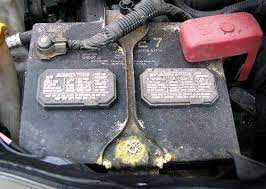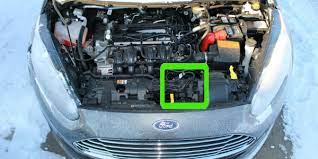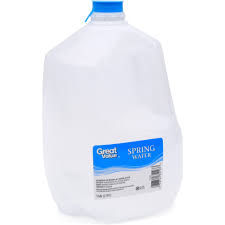It’s way below freezing. The thermometer reads 12°F. You think to yourself, I’ll just hop in the car and wait for it to warm up. But, it doesn’t start. It’s the battery. No one wants to get in their car in the cold and not be able to start it. So, is there a way to make sure your battery doesn’t freeze and ruin your day?

How Batteries Freeze
The #1 winter car problem is a dead battery. Cold temperatures reduce battery voltage, making the freezing point rise. A 100% fully charged battery won’t freeze above -76° F, but a fully discharged battery will freeze at 32° F.
Batteries are filled with sulfuric acid and water. These fluids combine to create an electrolyte with a very low freezing point. A fully charged battery is unlikely to freeze. A run down battery could freeze.
Signs of a Frozen Battery
Look for these signs of a frozen battery:
- cracks anywhere on the battery case
- the battery sides are bulging
- no sound of liquid when the flooded cell battery is moved
Don’t jumpstart a frozen battery! It could explode.

Take care trying to revive a dead battery in the winter. If Your car cranks a little bit, it’s probably not a frozen battery. Go ahead and jump it. But if you don’t hear anything when you turn the key, you might have a frozen battery. A frozen battery can cause real damage whether you try to jump it or not. Pull the cell caps off and look inside. If you spot ice, don’t try to jumpstart your car. Your battery could explode if you try to revive it.
Warming up a Dead Battery
Bring your battery inside the house or garage. If it was frozen for more than a few hours, it may be permanently damaged. After an overnight period of warming, look inside the cells. If you see water, it’s safe to reinstall or jump the battery.
Frozen Battery Prevention
It’s better to bring the battery inside overnight if severe weather is forecast. If you don’t park your car in a garage, take the battery inside the house. Other ways to keep your battery warm are battery blankets, block heaters, or trickle chargers.
Battery Blankets
Battery blankets heat the battery 60°à70° above ambient temperature for quick starts. There are two kinds of battery blankets: electric and regular. Non-electric blankets are made of thinsulate thermal insulation.
Plug in electric blankets, because they have a heating core. Winterizing your low acid battery will prolong its life. If you notice that it’s taking longer for your car to start in the winter, you might need a blanket. (link on word ‘blanket’: garagedetective.com/car-battery-blankets-work/ You can buy battery blankets at auto parts stores.

Block Heater
Your car needs these fluids: engine oil, transmission fluid, and antifreeze. In cold temperatures, these fluids thicken, becoming more dense, making it harder for them to do their job. A block heater warms them, so they flow. There are different types of block heaters:
- oil pan heaters
- in-line heaters
- bolt on block heaters
- external heaters, which directly heat the engine and indirectly heat the coolant
- freeze plug heaters are installed directly onto the engine block
- cartridge heaters are fastened to a channel of the coolant chamber and indirectly heats the coolant
With any of these heaters, keep the cords tucked away from the moving parts in the engine.

Trickle Chargers
A trickle charger is a battery charger that charges at a low amperage. Some are also designed to be left connected long-term without overcharging.
How to Prolong Battery Life
These tips can help prolong battery life:
- Keep the battery clean. Dirt is a conductor, which drains life from the battery. Corroded terminals also increase insulation and inhibit current flow.
- Carry a battery charger. This is the only way to drive after leaving your car standing for days at a time.
- Turn off everything in the car when you park. Headlights drain a battery fastest, but interior lights and radios can also kill the battery if the car is left on for hours.
- Monitor your battery if it needs topping off in the summer. Use distilled water to top it off when necessary.

Signs You Need a New Battery
Pay attention to your car so you know when to replace your battery. Be on the lookout for these signs:
- Headlights and interior lights are dimmer than usual.
- In-car accessories don’t work.
- The “check engine” or “battery” light is on.
- the battery is more than 5 years old and struggles to start the car in freezing conditions.
After You Know What to Do When Your Battery Dies
So you go out to start your car one cold morning. The engine doesn’t turn over. Is your battery frozen? You know how to find out. Whether you replace the battery or not, it’s good to have a battery charger. You can get it going no matter the weather from now on.
